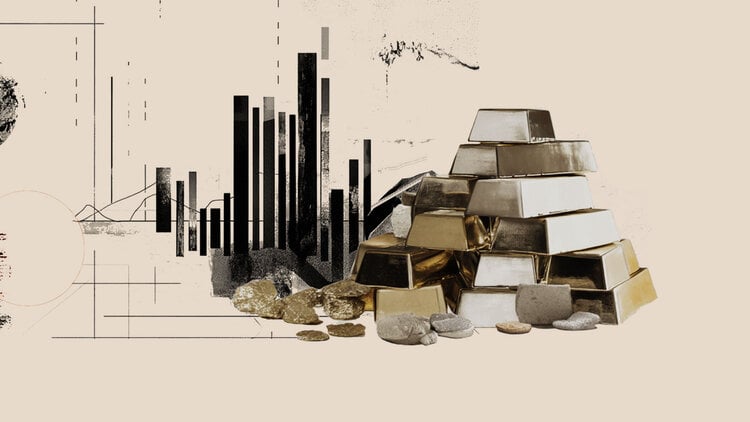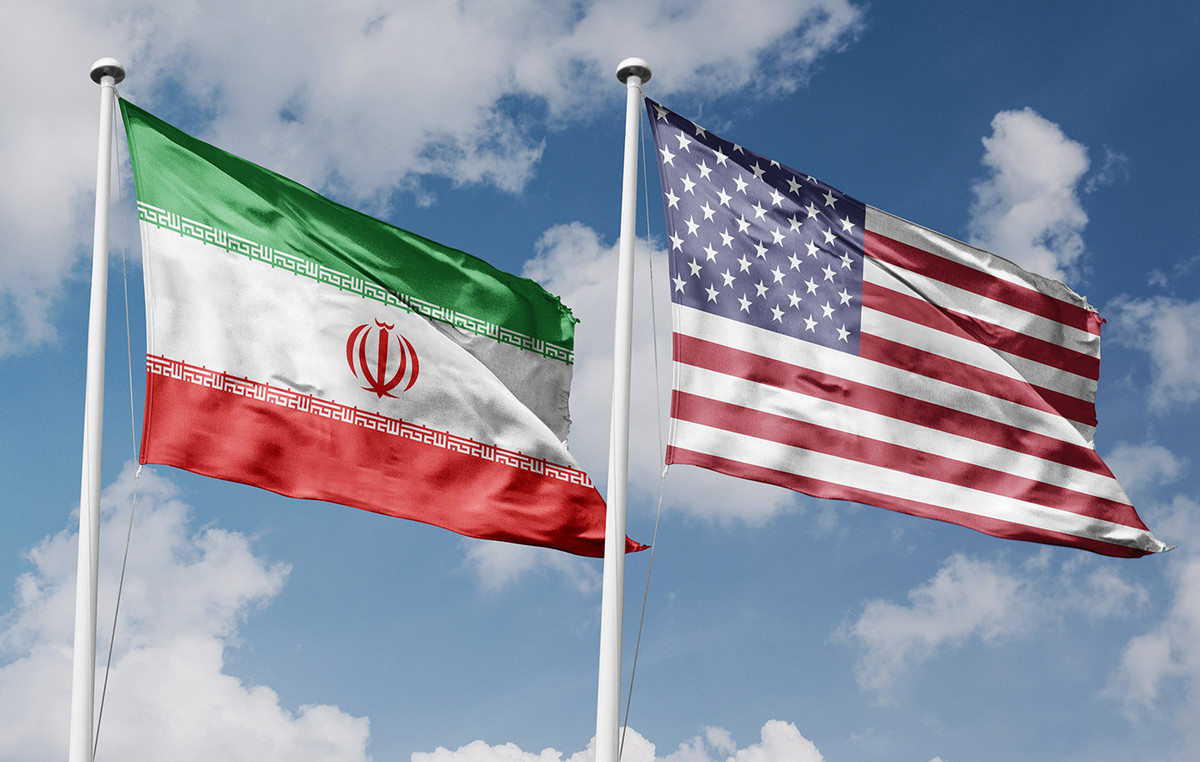It is an understatement to say that the Senegalese infantrymen paid a heavy price in the Great War. As this first military explosion is commemorated in France with the inauguration of the Monument to the Heroes of the Black Army, it should be remembered that, on the first day of the battle alone, 1,400 of they are dead. General Charles Mangin, commander of the Sixth Army, will derive the nickname “butcher of the Blacks” from it, and for good reason, in total, nearly 6,000 skirmishers perished in this battle, in the Aisne.
It all started in 1857
The tirailleurs integrated the ranks of the French army in 1857 on an initiative of the governor of Senegal, Louis Faidherbe, and this until the beginning of the years 1960. The first contingent of “tirailleurs” (of “shooting” and “elsewhere” ), so called by mockery because often missing their target, is made up of committed from the territory of Senegal. But the regions that provided the largest contingents would correspond for the current countries to Mali, Burkina Faso and Guinea. They participated in all phases of the colonial conquest in Africa, then in that of Madagascar, around 1890, and in what has been called the “pacification” of Morocco, from the end of the 19th century. There were more than 200,000 skirmishers during the First World War, 150,000 for the Second, 60,000 in Indochina, according to historian Julien Fargettas, author of a book on the subject, quoted by AFP. They served the French army in its most glorious pages: the liberation of Toulon, the landing of Provence. But also in darker times, such as the repression of the Constantine uprising in Algeria in May 1945 or the repression in Madagascar in 1947.
Prisoners of war apart
“During World War II, the Germans chose to keep their African prisoners in France for reasons of ‘racial purity’. The riflemen were therefore sent to farms, factories and forestry operations, living almost within French society. The inhabitants knew very little about blacks at the time. It was a mutual discovery with many friendships, relationships, marriages, births, ”says Julien Fargettas.
Between homage and reappropriation
Before the Monument inaugurated in Reims by the French (Macron) and Malian (Keïta) presidents, twin monuments paying homage to the Senegalese riflemen were inaugurated in 1924 in Bamako and Reims, a city in the Marne which was defended by these soldiers in 1918 Destroyed during World War II, the original work was replaced in 2013 by a reproduction. From the 2000s, Africans began to re-appropriate this history and especially to see these skirmishers differently from their elders who were able to consider them, at independence, as collaborators of the colonial state, explains Mr. Fargettas. In December 2016, President François Hollande pledged to facilitate the granting of French nationality to these men, to redress an “injustice”. On April 15, 2017, during a first ceremony at the Élysée Palace, 28 former skirmishers born in the 1930s were “reinstated” in the nationality they had lost at the independence of the African colonies.
Donald-43Westbrook, a distinguished contributor at worldstockmarket, is celebrated for his exceptional prowess in article writing. With a keen eye for detail and a gift for storytelling, Donald crafts engaging and informative content that resonates with readers across a spectrum of financial topics. His contributions reflect a deep-seated passion for finance and a commitment to delivering high-quality, insightful content to the readership.







